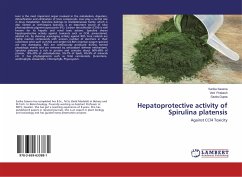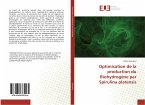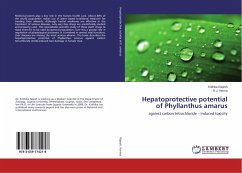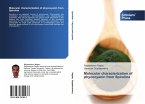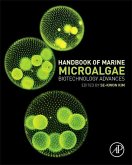Liver is the most important organ involved in the metabolism, digestion, detoxification and elimination of toxic compounds. Liver play a central role in drug metabolism. Spirulina belongs to Oscillateriaceae family, which is also named as Arthrospira. Spirulina is an important source of blue photosynthetic pigment pycocyanin (PC). Carbon tetrachloride (CCl4) is well known for its hepatic and renal toxic actions. Spirulina shows hepatoprotective activity against toxicants such as CCl4, paracetamol, alcohol etc. by showing scavenging activity against ROS. Free radicals are highly reactive compounds with uneven number of electrons in their outermost orbit such as H2O2 and singlet O2.ROS (reactive oxygen species) are very damaging. ROS are continuously produced during normal physiologic events and are removed by antioxidant defense mechanisms. Spirulina platensis is rich in protein and contains about 60%-69% of protein, 16%-20% of carbohydrates, 5%-7% of lipids, 6%-9% of minerals etc. It has phytopigments such as Total carotenoids, beta-carotene, xanthophylls, Zeaxanthin, Chlorophylls, Phycocyanin.

